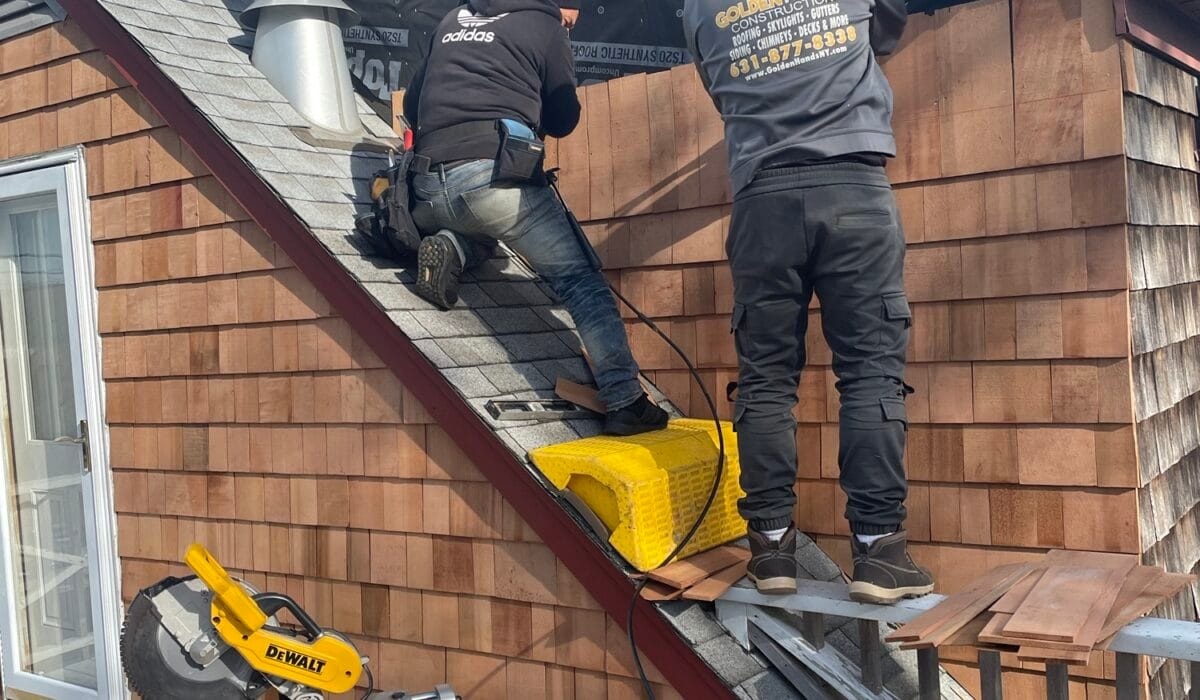
December 16, 2024
Golden Hands Construction is a family-owned roofing contractor and exterior company. Our family has over 30+ years combined experience servicing Long Island homeowners. We offer quality materials, precise estimates, trustworthy professionalism, and home improvements that will last the lifetime expectancy given at project completion. If your systems fail, we fail, so we offer this as our money back guarantee.